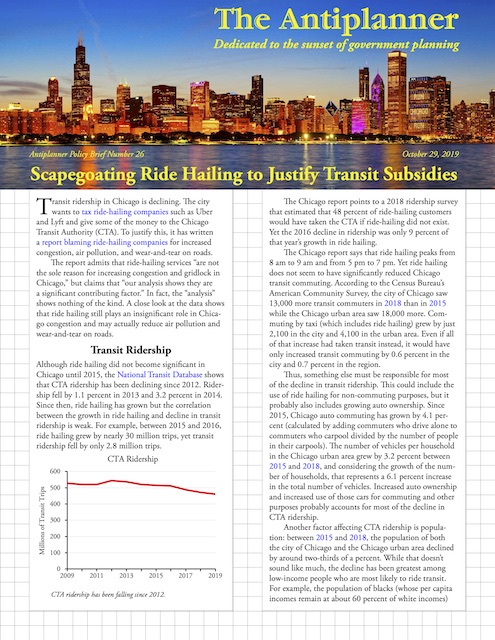After the 2003 Preserving the American Dream conference in Washington DC, we had a series of annual conferences in a different city each year: Portland, the Twin Cities, Atlanta, San Jose, Houston, Bellevue, and Orlando. Although I invited most of the speakers and knew what they were going to say in advance, I found them very educational, especially on housing and land-use issues.
The highlight of the Portland conference was a speaker from England named Stephen Town, who was an expert on policing neighborhoods of different densities and designs. In fact, he was a policeman.
It so happened that, in 2001, the American Planning Association published a book titled SafeScape, which purported to show how neighborhoods could be designed to reduce crime. “At last a book that tells us exactly what we have to do to make our cities safe!” enthused a cover blurb written by a Portland police chief. Continue reading








